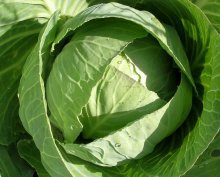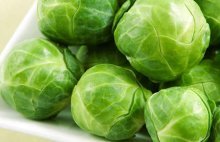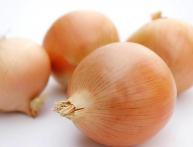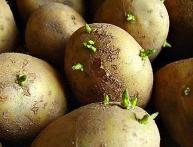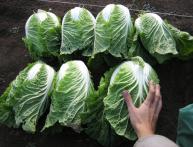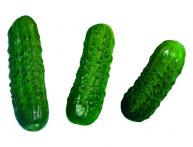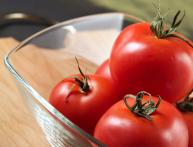How to choose and grow early cabbage seeds correctly
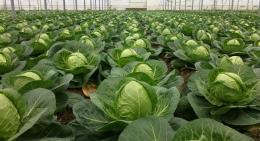
When growing cabbage for seeds, first of all, you need to check the condition of the head of cabbage, which will be the parent plant. It should be dug up along with the root system and in this state sent to a storage location. It is best to store the heads of cabbage in a suspended state. Early seeds cabbage You can buy and grow it yourself at home. When purchasing seeds, you need to choose them carefully.
Content:
- How to choose early cabbage seeds
- Varieties of early cabbage
- How to grow cabbage for seeds
- Preparing early cabbage seeds
How to choose early cabbage seeds
First of all, you should shop for seeds exclusively in specialized stores. The packaging must indicate the expiration date and the specific variety. The shelf life of cabbage seeds is five years. You also need to look at whether the variety is suitable for local climatic conditions. It is advisable to purchase seeds in small quantities and from different manufacturers. Thus, the risk of being left without a harvest is reduced.
An important nuance is the resistance of cabbage to pests and diseases. This should also be taken into account when choosing. Cabbage can also crack, so the varieties chosen must be strong and stable. Seeds should be selected according to the place of selection. It is better to purchase varieties that were bred in the local region. To verify that the seeds actually belong to a specific variety, you need to check the quality certificate.
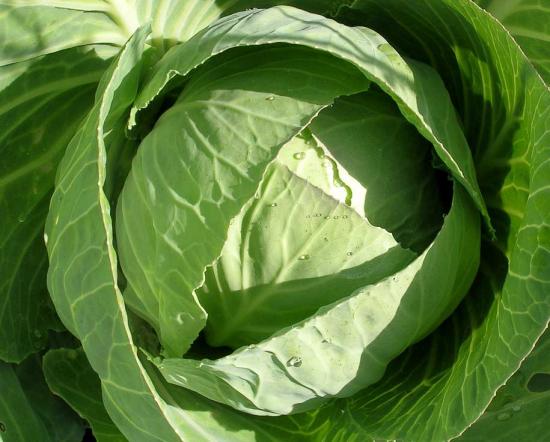
Varieties of early cabbage
Before deciding which cabbage seeds will be planted, you need to familiarize yourself with the main varieties of early cabbage:
- Transfer is a hybrid variety of white cabbage. The heads of cabbage have good density and light weight. The ripening period is 112 days.
- Malachite is a hybrid variety whose ripening period ranges from 90 to 130 days. The heads of cabbage are small, weighing up to 1.5 kg, and have a grayish tint.
- Cossack is a hybrid variety that ripens in 95 days. The heads of cabbage have a milky tint and do not like heat. This variety is considered the most cold-resistant.
- June is a variety whose ripening period is 90 days. The weight of the heads of cabbage is quite large - 2 kg. This variety is quite frost-resistant.
How to grow cabbage for seeds
On heads of cabbage prepared for planting, you need to trim off all spoiled cabbage leaves. A cone with a diameter of 20 cm is left for planting. You need to make sure that the top bud of the head of cabbage is not damaged. The prepared cones should be sprinkled with wet humus. Basically, only the root system is sprinkled. This is necessary to accelerate the full functioning of the mother plant. Of course, you can skip warming up and immediately plant head of cabbage into the ground, but in this case, the growth and development of cabbage slows down.
Next, the cabbage stalks are planted in the bed at a certain slope. Around the planted root system, you need to water and thoroughly compact the soil. If the upper buds of the plant begin to grow, this means that the cabbage root has taken root. Therefore, to prevent pests from attacking cabbage, you can remove all remnants of cabbage leaves.
To form a sufficient number of seeds, the planted plant must be constantly watered and fed. After planting, cabbage should be watered every three days for the first two weeks. For one square meter of planted cabbage, you need to spend 6-7 liters of water. All following waterings should be done once a week. Abundant watering of early varieties of cabbage occurs in June.
It is best to water the plant in the evening. In this case, the water temperature should be within 18 degrees. Also, this crop needs constant feeding.
First of all, cabbage is very demanding of potassium and nitrogen. The plant's need for various nutrients is determined with age. In the first period, fertilizing with nitrogen fertilizers is carried out, and during the formation of heads of cabbage, fertilizers should contain a lot of potassium and phosphorus. Experienced gardeners advise adding organic matter to the soil. fertilizers during autumn plowing.
You can also cover the ground with a small layer of grass. Cabbage grows well after predecessors such as legumes, cucumbers, tomatoes, beets and potatoes. You can also feed the crop with mullein solution. Each plant will use about two liters of this solution. Don’t forget about loosening and weed control. With the help of loosening, a favorable soil regime is created that promotes active growth of the root system.
Loose soil prevents rapid evaporation of moisture, so the loosening procedure itself is best done after rain and watering. You can loosen the soil after applying fertilizers. The process itself involves creating an earthen mound around the base of the stem. Loosening the soil around the plant is also called hilling.Over the entire season, cabbage is hilled about three times.
The first time loosening is carried out a week after planting. The second time hilling of cabbage is done after three weeks, when weeds appear. And the last time you need to loosen the soil is after another three weeks. The ripening time for early cabbage seeds is 40-50 days. Initially, it is necessary to cut off all the stems and leave the sheaves until fully ripe. Next, the ripened sheaves of cabbage can be threshed.
Preparing early cabbage seeds
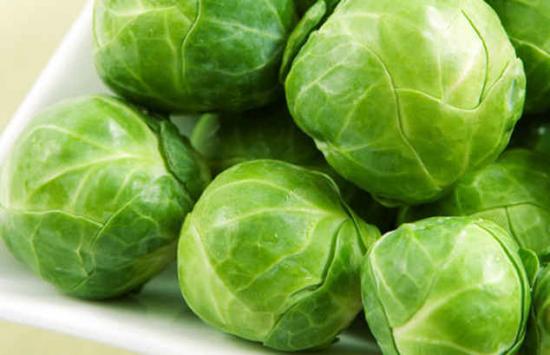
When seeds begin to ripen, they can already be selectively selected without waiting for the entire bush to ripen. After threshing the seeds, they must be thoroughly dried. The average number of seeds from one bush is about 50 g. Ready seeds should be stored in a warm room at a stable temperature.
The maximum shelf life of seeds ranges from five years. Air humidity during storage should be 60%. The main thing is that the seeds do not gain moisture during storage. To do this, they must be placed in glass jars with tightly closed lids. It is advisable not to store seeds in plastic bags, as they may become moldy.
If there is excess moisture in the storage room, it can be removed using quicklime. You just need to put a few buckets of this substance on the floor. It is not scary if the room temperature is too low, because mold does not develop in such conditions.
You should also always remember that the seeds must breathe. Therefore, to improve gas exchange, seed packages need to be shaken periodically. The sowing qualities of cabbage seeds depend on the climatic conditions in which they grew. If during landings If the weather was dry and sunny, then seed germination will be at a high level.
The age of the seeds also affects the amount of harvest. The younger they are, the better the harvest. The best option would be to use seeds from the previous year's harvest.
Video about sowing cabbage seeds:

